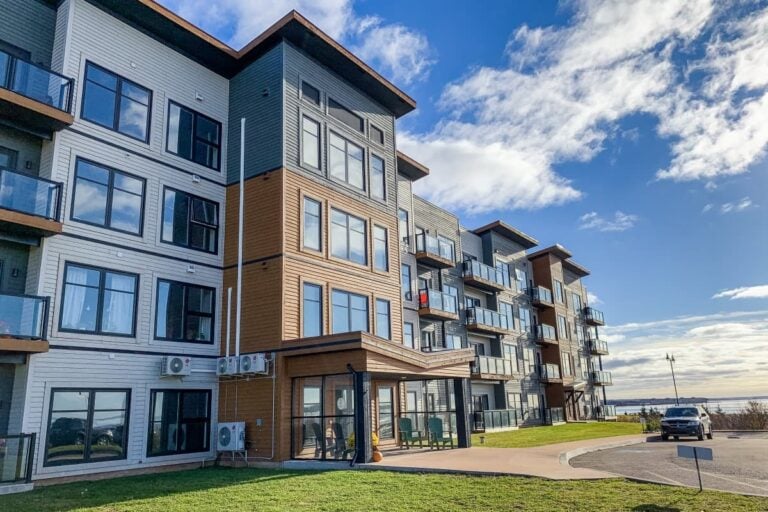Getting a Driver’s License in Canada
Driving in Canada is regulated by provincial and territory governments, which means that you will be issued a driver’s license by the province or territory where you live. There is no driver’s license for all of Canada. If you reside in British Columbia, for example, you will obtain a driver’s license from British Columbia. If you have a valid driver’s license from the province where you live, you are allowed to drive anywhere in Canada. However, if you move to another province or territory, you will need to exchange your driver’s license for one issued by that province or territory’s government.
The “Graduated Licensing” Program
In most provinces, you will need to go through what is called a “Graduated Licensing Program”. This means you may start off with a more restricted driver’s license (for ex., you may not be allowed to drive at night or on certain roadways). These restrictions are lifted over time as you meet certain requirements or pass certain tests.
Although each province/territory has its own licensing requirements, in general there are 3 steps to go from a beginner’s or “Learner’s” permit to a full Driver’s License. They are:
- Take a written exam that assesses your knowledge of road signs and rules of driving. You may also be asked to do an eye test to examine your vision. With a Learner’s Permit you are generally not able to drive alone and will need to be accompanied by someone with a full driver’s license.
- After one year of driving you will take a road test and receive an intermediate permit. This will allow you to drive on your own but there are still restrictions such as no drugs or alcohol in your system while driving.
- After 1-2 years of driving you can apply for your full, unrestricted driver’s license.
In Alberta, it takes a minimum of 3 years to get a full, non-GDL Class 5 Driver’s Licence. There are three stages of driving licensing: Learner (Class 7 License), Probationary (Class 5-GDL Licence), and Full, non-GDL (Class 5 Licence).
In British Columbia, new drivers must obtain an L driving license first, which requires passing knowledge and vision tests, then you can apply for an N driving license, which requires one year of practice and a class 7 road test, a full license requires 2 more years of save driving and a class 5 road test.
In Manitoba, there are also three stages: The learner stage, which requires a minimum of 9 months, an intermediate stage for a minimum of 15 months, and finally a full stage where you can receive a full license.
In Saskatchewan, there are 6 different classes of licensing. As a new driver, you have to successfully complete the following licensing stages: Get a Class 7 learner’s licence, Complete driver education, Get a Class 5 Novice 1 licence, Practice as a Novice 1 driver, Practice as a Novice 2 driver, Graduate to an experienced Class 5 driver.
In Ontario, there are three levels for the driving license: G2, G1 and G. Once you pass your eye and written tests, you get a G1 licence. Before you can get a full G licence, you have to finish two learning levels: G1 and G2, and pass two road tests.
If You Already Have a Driver’s License
If you have a valid driver’s license from another country, you may be able to exchange it for a Canadian driver’s license in the province where you live. If your previous driver’s license is recognized then you may not have to start at the beginning of the Graduated Driver’s License process and can instead receive a full unrestricted driver’s license. These links have more information about whether you may be able to exchange your license in the following provinces: Alberta, Manitoba, Ontario, Saskatchewan, British Columbia.
Before you arrive in Canada, you can also try to apply for an International Driver’s Permit. This may save you from having to translate your driver’s license if it is not already in French or English.
It is also helpful to get any copy of your driving history from the government agency in your home country that regulates driving. This may allow you to receive credit for your driving history so that you do not have to start with a Learner’s Permit. If your driving history is not in English or French then you will need to have it translated before submitting it to the province/territory where you live in Canada.






